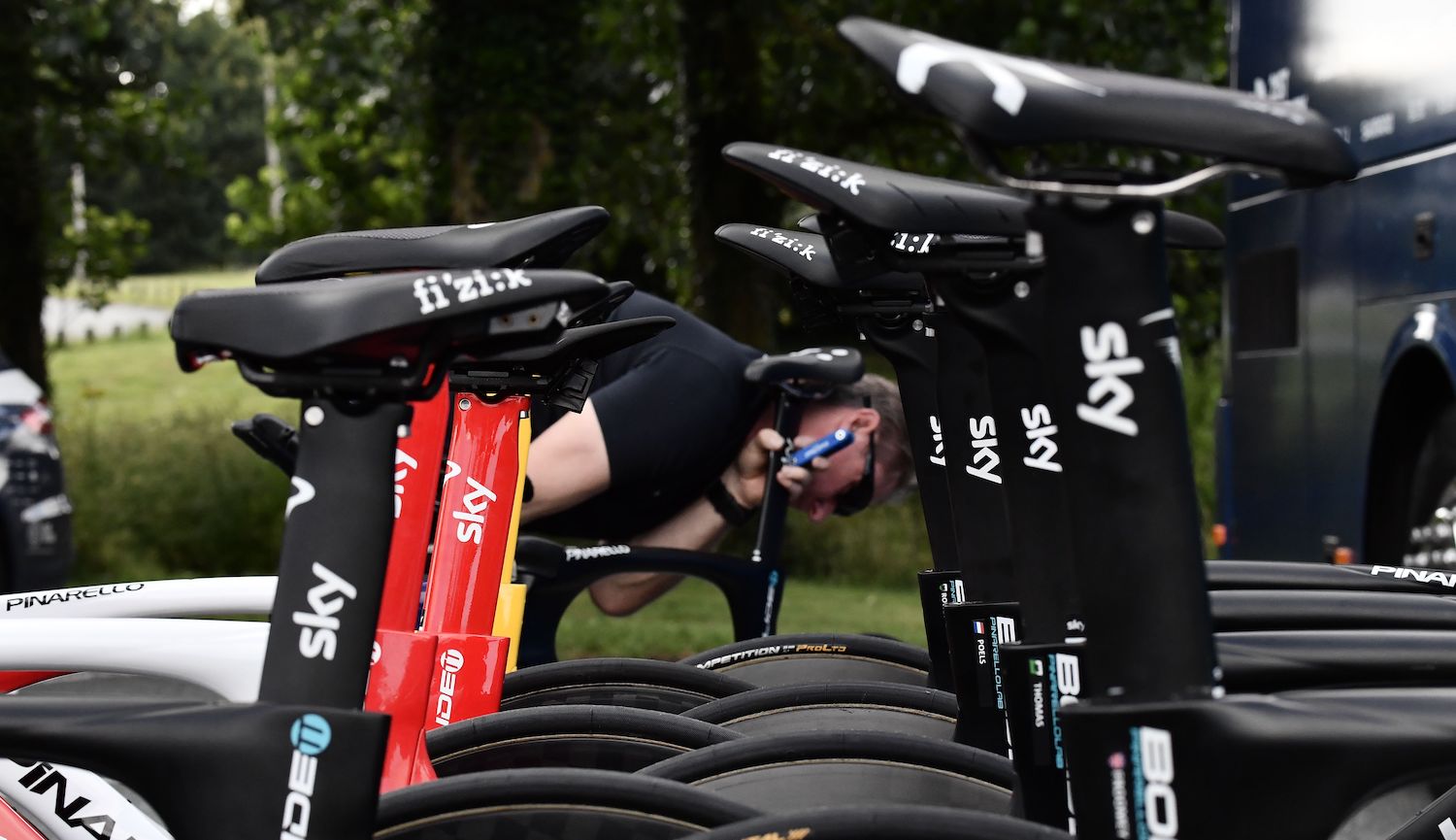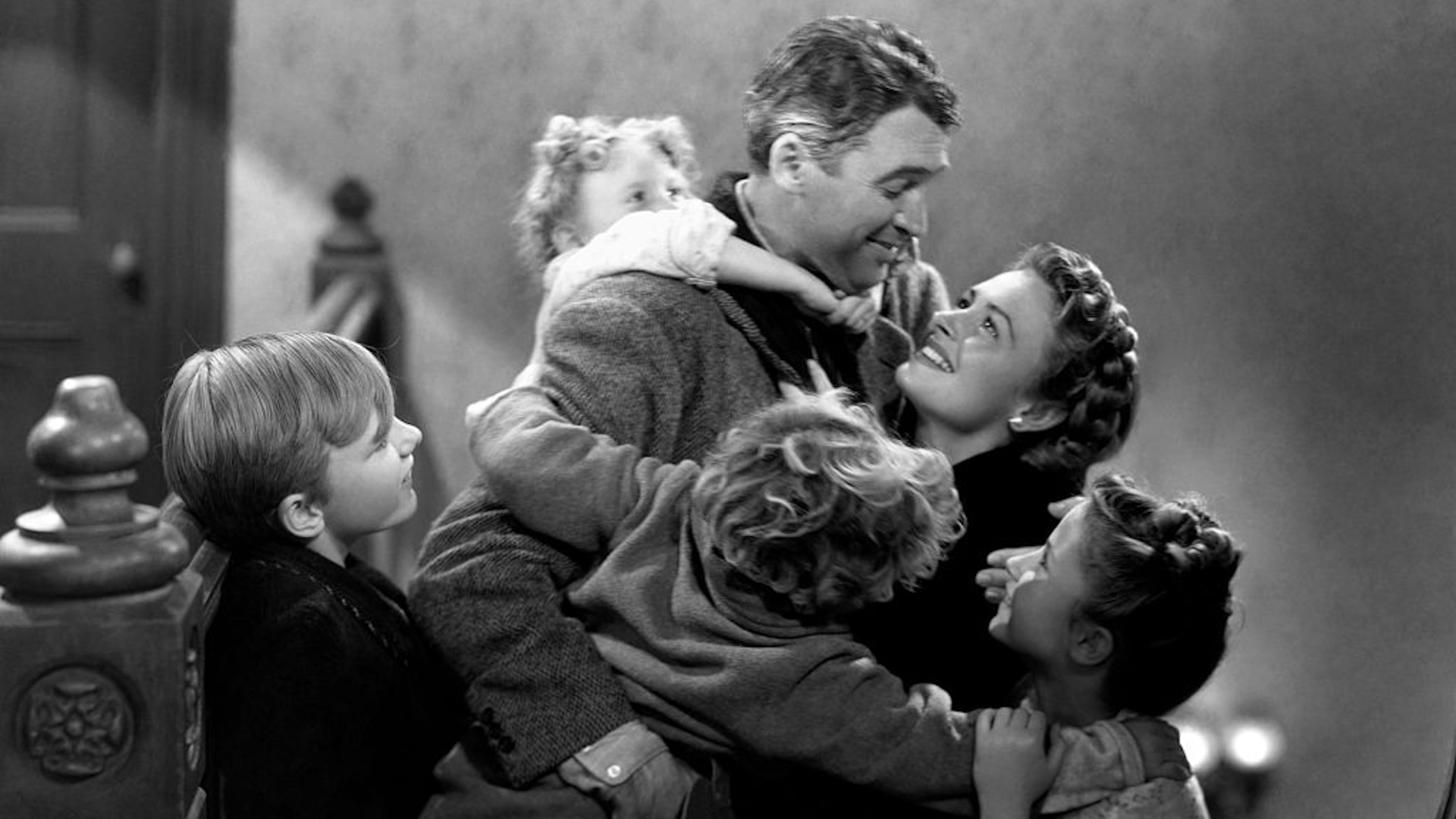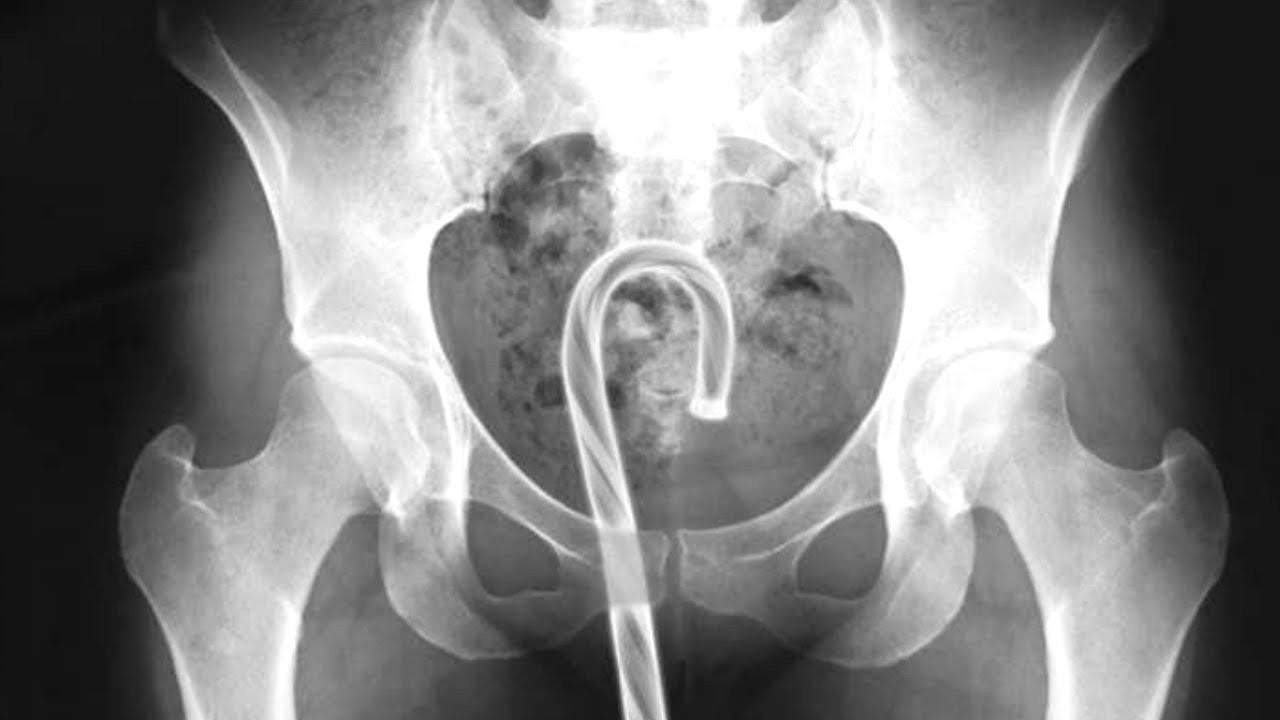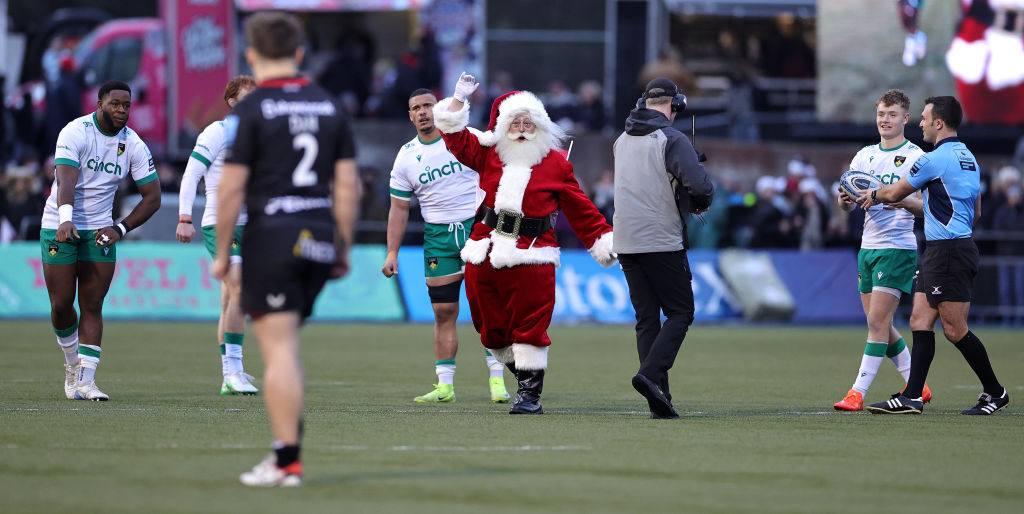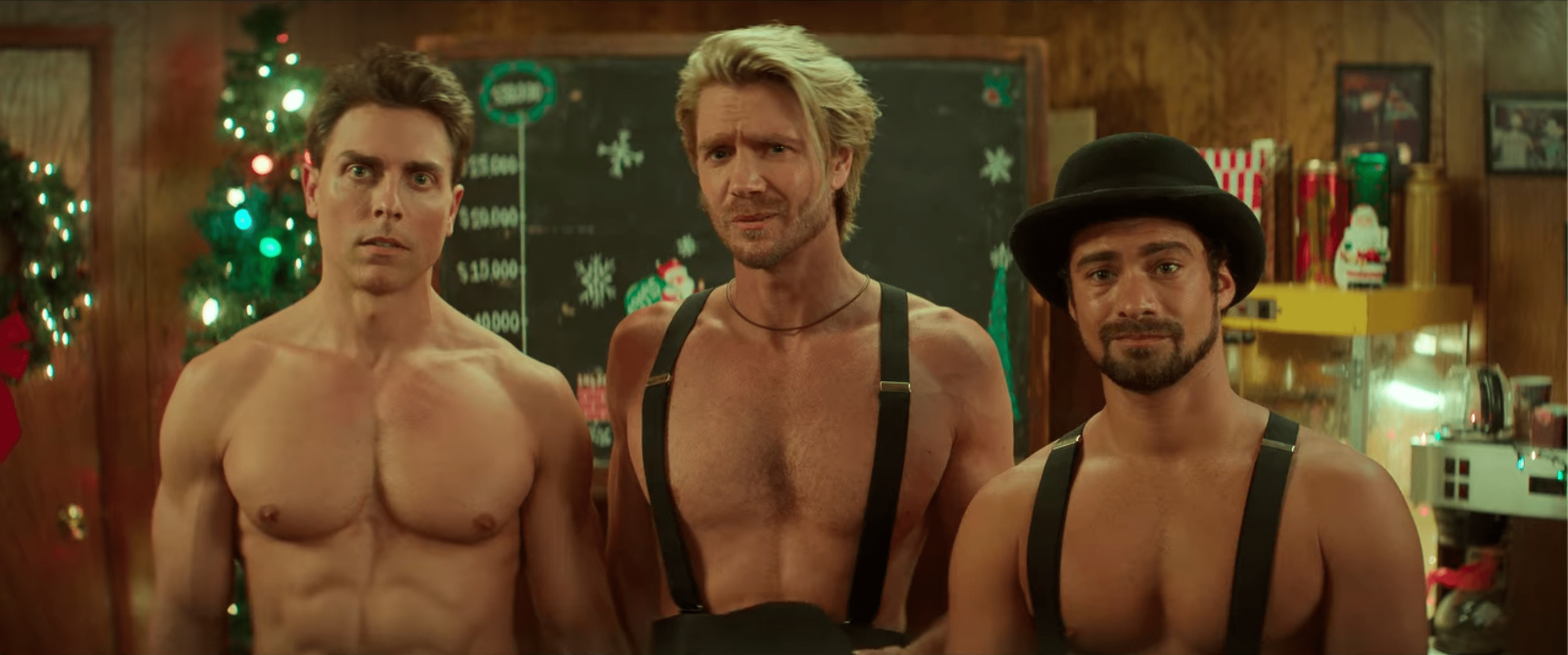The draw of the Tour de France is and has always been its scale. A bunch of coked-up morons zooming in a circle around France was quite the spectacle in the 1900s, and though the modern iteration of the race is pharmacologically and cartographically distinct from its earliest days, the sell is still the same: Can you believe these dudes ride hundreds of miles every day, as hard as they can, for three weeks? The element of exploration that was once present is gone in favor of a significantly more streamlined sort of race, so perhaps the best way to understand the scale of the modern Tour de France is through the eyes of its mechanics and engineers.
A rider's day at the Tour is long—one hour or so of warm-up, four-plus hours in the saddle, a cool-down ride, a transfer to the next hotel—but a mechanic's is Sisyphean. Their day starts hours before the race begins, building and prepping everyone's bikes, and it ends hours after the last rider crosses the finish line, washing and otherwise making sure the bikes are in a usable state. When I spent time in a team car aiding a professional racing mechanic, the riders would get back to the hotel after the ride and nap, while the mechanic corps would have to start racing the clock to get everything in perfect shape by the time the next stage started the following morning. After dinner, we would go down to the garage and organize bike parts. "The best mechanics," Patrick Tree Miller tells me, "can catch a few minutes of sleep during the race in the team car." Even then, they have to be ready to wake up quickly enough to change out a front wheel in two seconds. "The real power of a mechanic is how calm they are," Miller adds.
Miller spent seven years as Specialized's Research and Development Technician for the High Performance Road Team, a job that allowed him to see every level of a professional bike race. He built bikes for the WorldTour teams that rode Specialized, helped train mechanics, and rode in team cars during races. As the Tour de France is the biggest race on the cycling calendar, sponsors like to use it as a platform to showcase their new offerings. "The big problem always was, we'd have new technology," he says, a dynamic that requires teams to learn how to build and fix the new bikes within a month of the start of the Tour. The first new bike Miller worked on was the Venge ViAS, which he says was "notorious for not being very downbuildable." So the teams would have him build then ship completely set-up bikes from Specialized HQ in the Bay Area to Europe in huge cubic boxes "that looked like a huge cube of cheese." By the time the Tour rolled around, teams would be proficient at building the bikes themselves, though Miller's builds got onto the top step of the podium. "Good old Peter Sagan took the W that year [at the Tour de Suisse] on the bike I built," he said. Sagan's 2016 was one of the most dominant single seasons of the century, so the Venge ViAS was a pretty clearly great bike.
One point Miller stresses is that succeeding at the highest level of bike racing is a collective effort. The rider must race the actual bike, though they can only get in position to succeed if their bike is tuned-up correctly, if their support staff helps them recover from previous efforts, if their team's engineers make the proper modifications, and if their directeur sportif aligns everyone's efforts. It is similar in kind—though not degree—to Formula One, where the driver is merely the tip of the spear. "The person that drives the box truck is just as important as the rider out there, because if the rider doesn't get the bike, he's not going to get started. There's no such thing as a lone rider in the peloton," Miller said. Tour de France teams will bring trailers full of gear and bikes, usually three per rider. That means there are more than 500 bikes in France for the Tour, as well as thousands of wheels and other bike parts. The Tour is as much a logistical challenge as a physical one.
He laid out a hypothetical situation to illustrate the interplay at hand: an engineer notices that a brake cable is tapping on the inside of the frame, making an aggravating noise, so they fabricate a foam tube to deaden the sound. But the mechanic finds a cracked ceramic piston one day, so he has to remove the brake and reinstall another brake. "He also has three other bikes to get done, and he has to do al these other things to make sure everyone gets to the race, so making sure that cable rattle is gone is nothing to him," Miller hypothesizes. From the rider's perspective, the noise doesn't indicate a flawed bike, though the coaching staff has to consider how an incessant noise might impact their rider's mental game that day out on the road. Should the coach and the rider then make the mechanic divert their time away from the team's other bikes, or do they race on, accepting the compromise? Everyone has the same goal ("To have your rider be the coolest and fastest guy," Miller jokes), though each person necessarily sees a different route to that goal.
The smartest teams find ways around resource management problems like this; Miller said teams would often replace carbon derailleurs with heavier steel ones, accepting the tradeoff of durability over weight. But star riders also get a say in how their bikes should be assembled, which can cause cascading headaches down the chain. "If some rider gets some idea, from a friend, from inside the peloton, there's something that's better than something else, you're damn straight they're gonna find a way to get it onto their bike," he says. It's a pain in the ass, but also strangely tends to be worth it. "Once a rider thinks some part is the best part, the mental gains far exceeds the technological output of those parts," he says. This begs the question: How much advantage does any given bike actually give a rider?
"Absolutely none," Miller said. Different bike makes are distinct from each other, since even though they're all trying to solve the same problem, Specialized, Trek, Canyon, and every other manufacturer solve them in different ways. The mental game is once again significant. "If you know your bike is the lightest and you're going climbing, that's going to be a bigger advantage than having the lightest bike," Miller said. Team tactics matter, as does an ability to read a race and pick the right time to move. In this way, cycling is like car racing, though a critical difference is that physical and mental toughness is significantly more determinative than mechanical superiority.
Mechanical superiority does matter, though. On Wednesday, the Tour de France's fifth stage took riders on a little tour of Northern France's infernal cobbled roads. Tackling a road actively determined to shuck you off your bike requires a greater deal of team planning, precise gear load outs, and bravery than any other stage, simply because catastrophe can strike at any moment. Jumbo-Visma's bikes failed them at this year's nParis-Roubaix, so they brought 20 extra bikes (featuring a different frame than their road bikes) and 60 tubeless tires specifically for Stage 5 alone. They had a horrible day out on the road anyway. "I've scraped so many bottoms of cars out on those things," Miller says. "Even in the car, they shake my teeth out. We almost took out a differential on one of our cars one year." Team cars are often barred from cobbled sectors since the roads are so narrow and nasty that a team car breakdown will halt the entire race. This makes any given frame or wheel set's ability to hold up under the harsh conditions critically important, since a flat tire in the wrong place can end a Tour challenge.
Even that scenario highlights the interplay of high-level bike racing. The gear must be right, the team's tactics have to be flexible and aggressive, and the rider has to handle themselves well within the peloton. Simon Clarke had to use a t-handle wrench to tighten up his bike while in the breakaway. He was lucky, smart, and strong enough to win, and he also had a huge, invisible army of people behind him.
